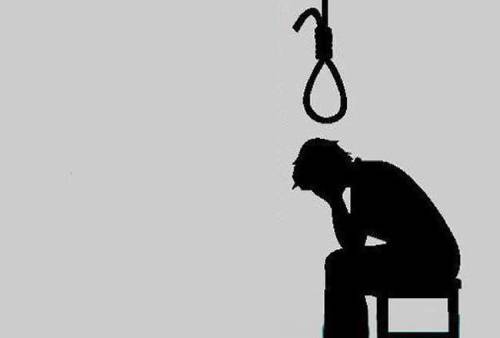Suicide, or the act of taking one’s own life, is an all-too-common and tragic public health crisis, often done in response to overwhelming, unbearable emotional pain. Suicide is especially tragic as it is a preventable death and leaves behind many loved ones and family members, also called “suicide survivors,” who must grieve this terrible loss. Suicidal ideation, or suicidal thoughts are a lot more common than most people let on – in fact, most people have thought about suicide at one point or another. These thoughts are quite troubling, especially as they’re usually accompanied by a mental illness such as depression or bipolar disorder. Suicidal ideation is broken down into two forms: active and passive. Active suicidal ideation involves an existing wish to die accompanied by a plan for how to carry out the death. Passive suicidal ideation involves a desire to die, but without a specific plan for carrying out the death.
A person with suicidal ideation may not ask for help. However, that does not mean help is not needed or wanted. Many people who die by suicide do not actually wish for death – they only want the pain to go away. Prevention of suicide begins with recognizing the warning signs of suicidal behaviors and taking action.
Most people who are experiencing suicidal ideations do give off warning signs that they’re intending to die by suicide. The best way to prevent this tragedy is to recognize and act upon any warning signs that a loved one or family member is considering death by suicide. The most common warning symptoms and signs of suicidal thoughts and behaviors include:

